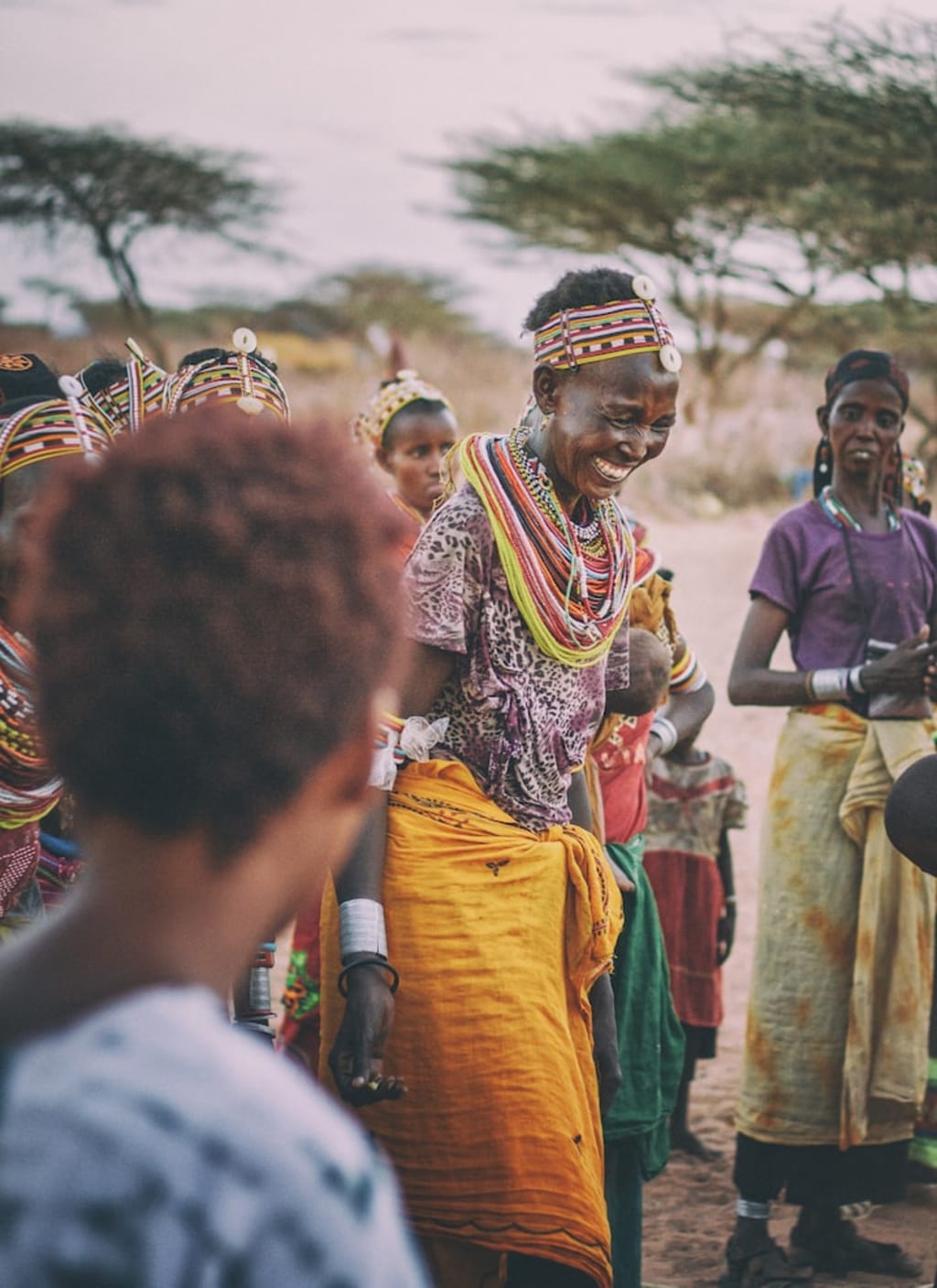
Title: The Tapestry of Unity
In the heart of Africa, nestled between rolling hills and lush forests, lay the vibrant village of Kumbani. Its people, diverse in their backgrounds yet united by a common thread, cherished their rich cultural heritage. As the sun dipped below the horizon, the elders gathered around the village fire to share tales of their ancestors and the tapestry of unity that defined their lives.
At the heart of Kumbani stood the Great Baobab, a majestic tree older than memory itself. Under its sheltering branches, the villagers celebrated the Festival of Colors, a jubilant occasion where each family contributed to a massive communal feast. The air buzzed with laughter as children adorned themselves in vibrant cloths, representing the colors of the earth, sky, and life itself. It was a reminder that just as the colors blended seamlessly, so did the people of Kumbani, each adding a unique hue to the community.
One evening, a young girl named Adia discovered a forgotten cave nestled in the hills. Inside, illuminated by the soft glow of fireflies, she found ancient symbols etched into the walls. Seeking answers, she approached Elder Ayo, renowned for his wisdom. With a twinkle in his eyes, he revealed the tale of the Traveling Drum.
Long ago, a group of villagers embarked on a journey to share their customs and stories with distant lands. Carrying a mystical drum that resonated with the rhythms of their homeland, they encountered diverse cultures, exchanging traditions and songs. The Traveling Drum became a symbol of unity, reminding everyone that despite differences, there were shared rhythms that connected all hearts.
Inspired by the story, Adia approached the village council with an idea. She proposed an annual Unity Day, a celebration where neighboring villages would come together to showcase their cultures and crafts. The council embraced her vision, and the Unity Day quickly became a cherished tradition.
On the first Unity Day, a procession of villagers from neighboring lands arrived in Kumbani, draped in splendid garments that reflected their cultures. The air was filled with the aroma of exotic spices and the harmonious blend of languages and music. Elders exchanged stories, craftsmen displayed their wares, and children danced to the rhythm of the Traveling Drum, a symbol of shared heritage.
As years passed, Unity Day grew even grander. The villagers of Kumbani realized that their rich cultural tapestry was like a mosaic, each piece significant and valuable. From the intricate beadwork of the Maasai to the rhythmic dances of the Yoruba, every culture's contribution was celebrated.
Adia, now a respected elder herself, marveled at how the once small village had become a beacon of cultural understanding. Kumbani had transformed into a place where curiosity about other cultures was encouraged, and unity was embraced. The story of the Traveling Drum had become a reality, as each villager discovered the shared rhythms that bound them together.
And so, under the watchful gaze of the Great Baobab, the people of Kumbani continued to celebrate their diverse yet intertwined identities. Their rich cultural tapestry remained a living testament to the power of unity, a legacy passed down through generations as a reminder that differences should be celebrated and shared rhythms cherished.






Comments
There are no comments for this story
Be the first to respond and start the conversation.